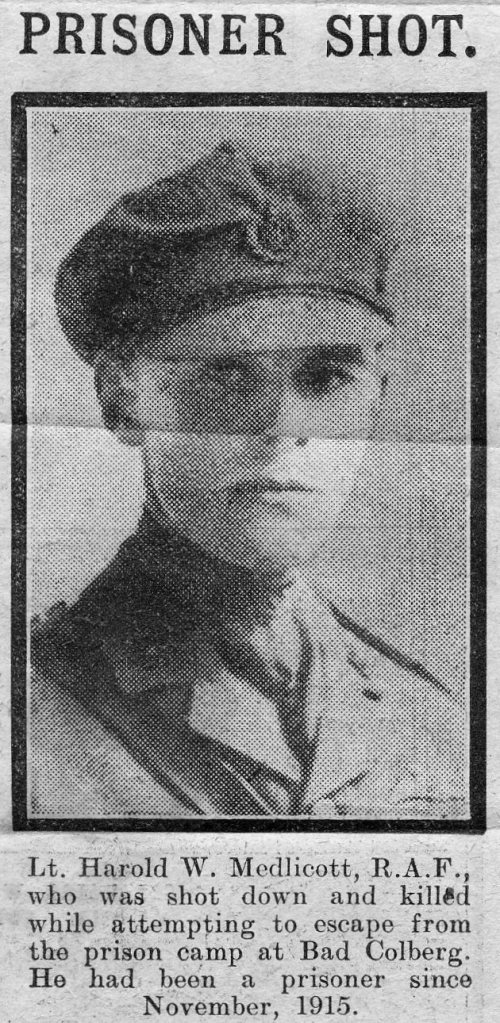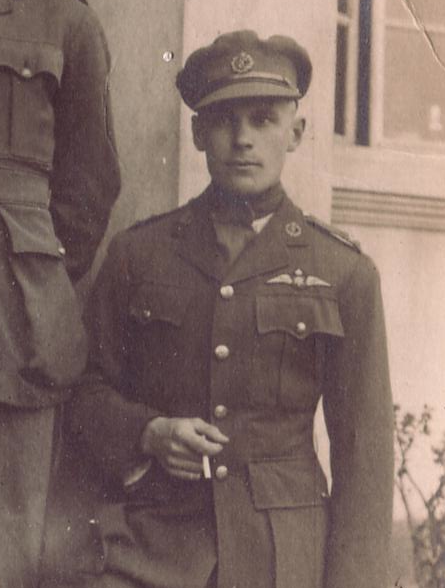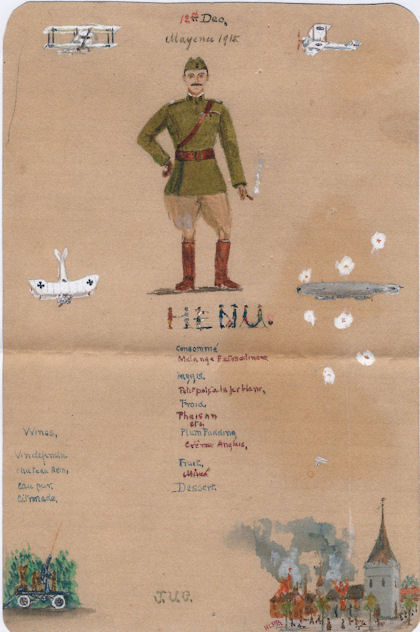

The left hand photograph is taken from a newspaper cutting reporting the killing of Harold W Medlicott sent to me by Mrs Dawn Jarvis. It was found in an address book owned by Edith Gleen.The caption of the newspaper article said:
“Prisoner shot” : “Lt. Harold W. Medlicott RAF was shot down and killed while attempting to escape from the prison camp at Bad Colberg. He had been a prisoner since November 1915.”
The picture to the right of Medlicott (taken with two other officers, Capt. L. Graham-Toler Sussex Reg.t and Spicer ) was kindly sent to me by Katy Ehrlilch, whose grandfather Capt. J.W. Lesley KRRC was also a prisoner of war at Bad Colberg. Interestingly the text under the picture refers to him as Captain rather than Lieutenant Medlicott.

There is also a photograph of the two graves containing the bodies of Medlicott and Walters. The text under the photo records “Graves of Capts. Medlicott and Walters R.F.C., killed by the German escort while attempting to escape from prison near Colberg, Germany 1917 ” Above the grave photo records that “German buglers sounded “The last post”. The base of each headstone reads the following:
“Shot in attempting to escape on May 21st 1918. Erected by his fellow prisoners of war at Bad Colberg.”
Charles Antony Medlicott wrote to say that Harold Medlicott (his great uncle) had a brother called Sydney, who was also killed during WWI.
A further account of Lieutenant Medlicott’s exploits and life on the run with Edward Bath, Lieut. Poole and Captain Oliphant can be found in Edward Bath’s letter to his mother, and its associated transcript.
Audrey Klaas sent me a signed Xmas menu dated 12th December 1915, which originated from Clausthal P.O.W. camp in Germany. There are 13 pencil signatories on the back including HW Medlicott. The initials at the bottom of the menu suggest that it was drawn by HL Pelham Burn. The menu is hand drawn by Valentine Grantham with sketch of himself on the front. The back of the menu is signed in pencil. The date on the menu is 12th December 1915.
Further details of life in a WWI POW camp can be gained from a book by Jacqueline Cook enttitled “Faces of Holzminden”.

